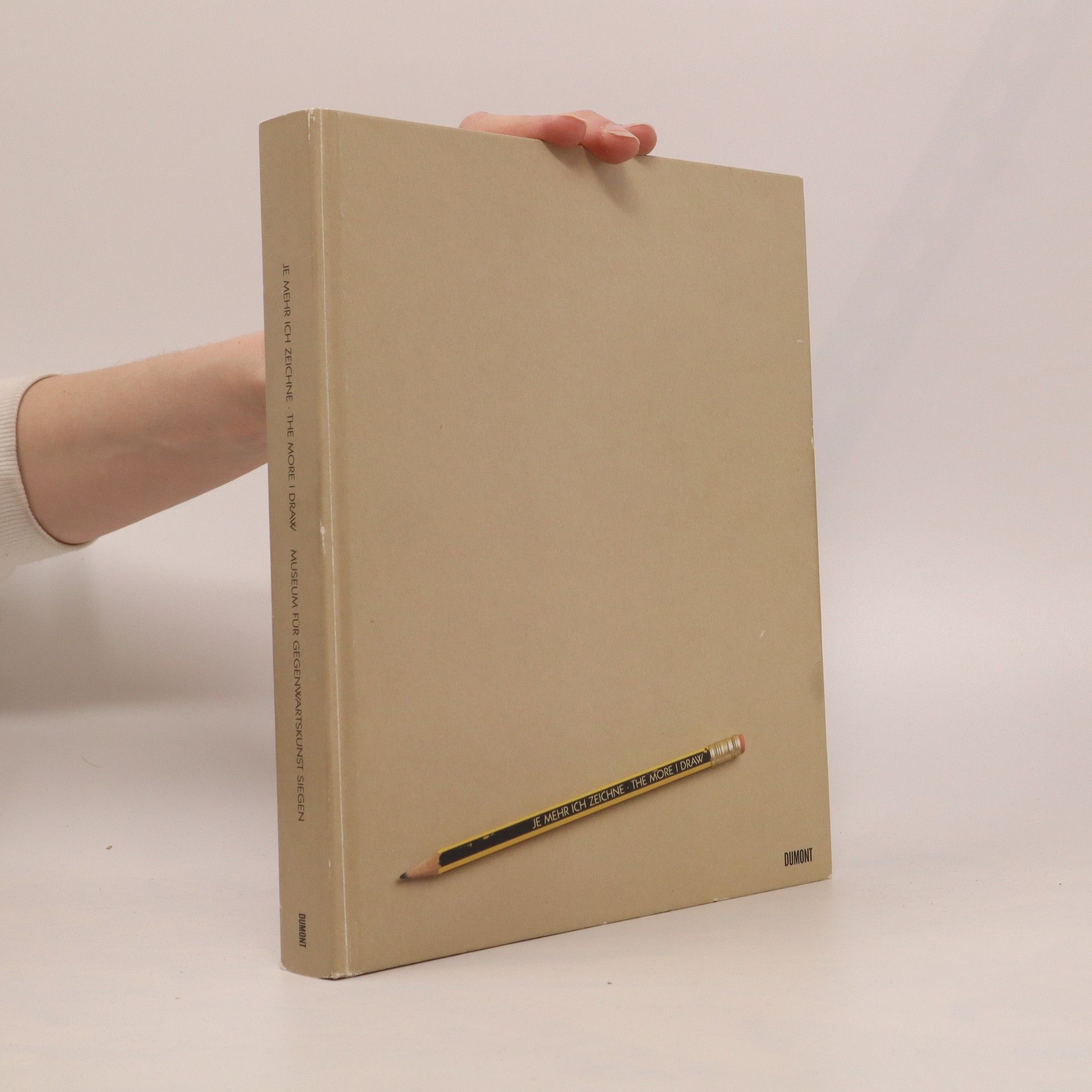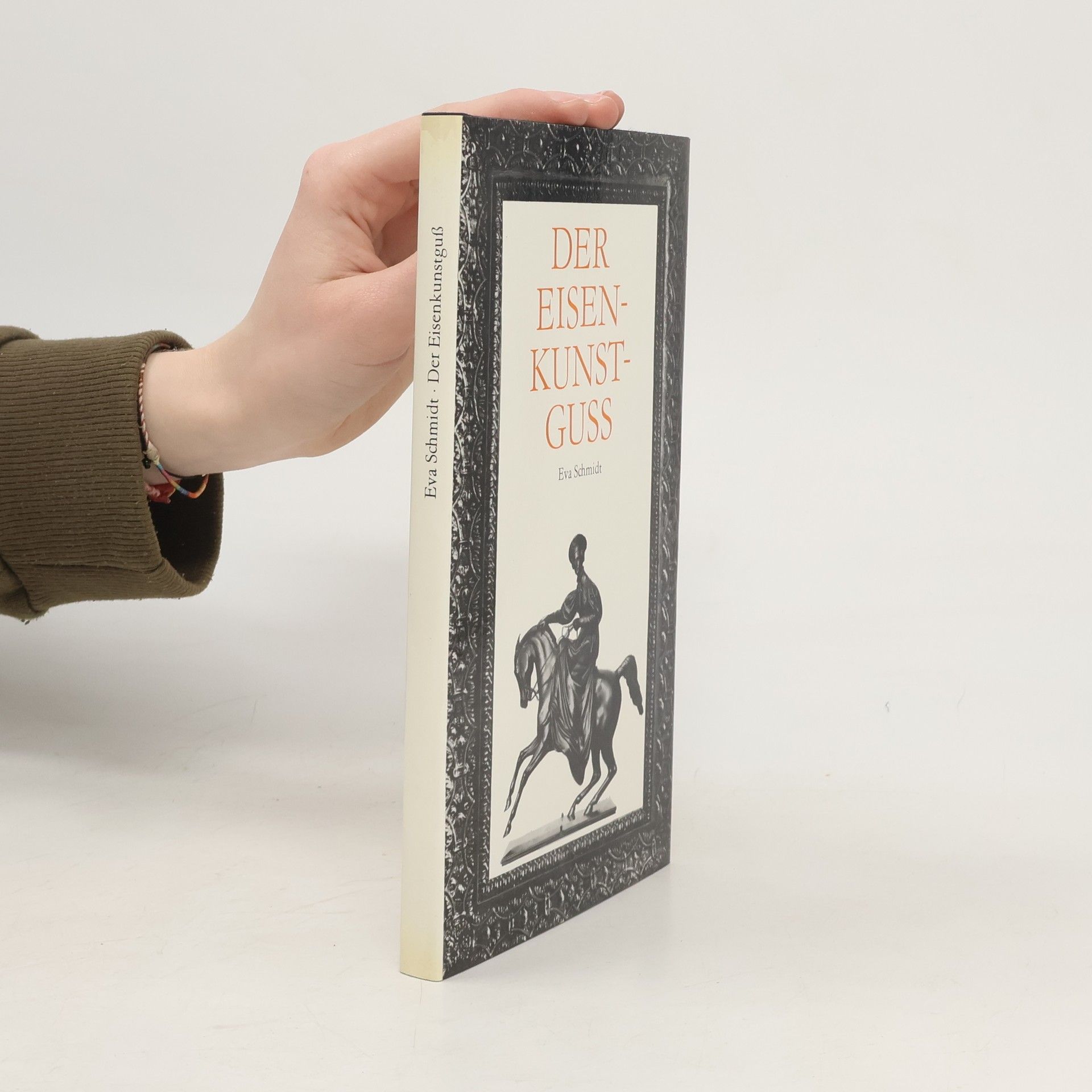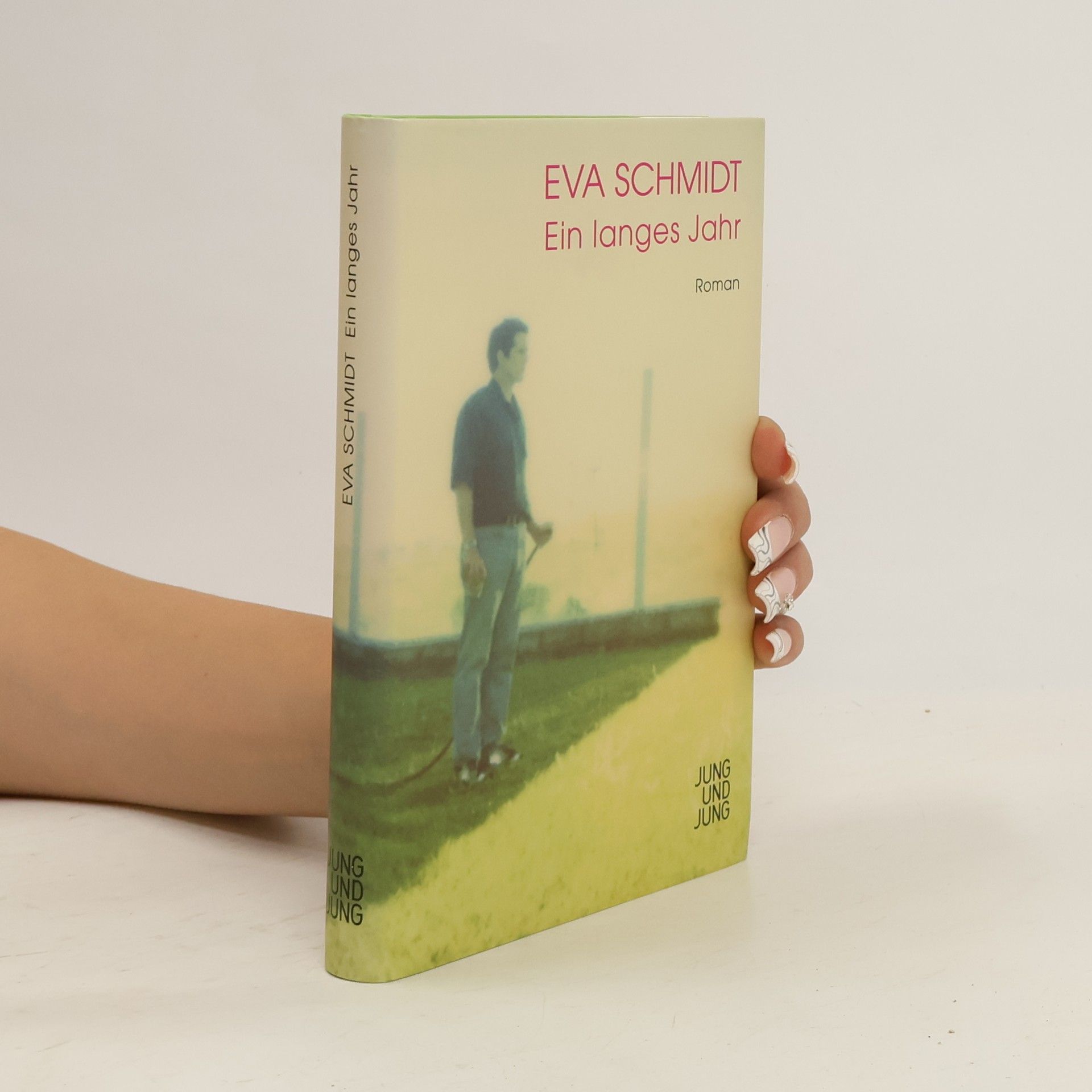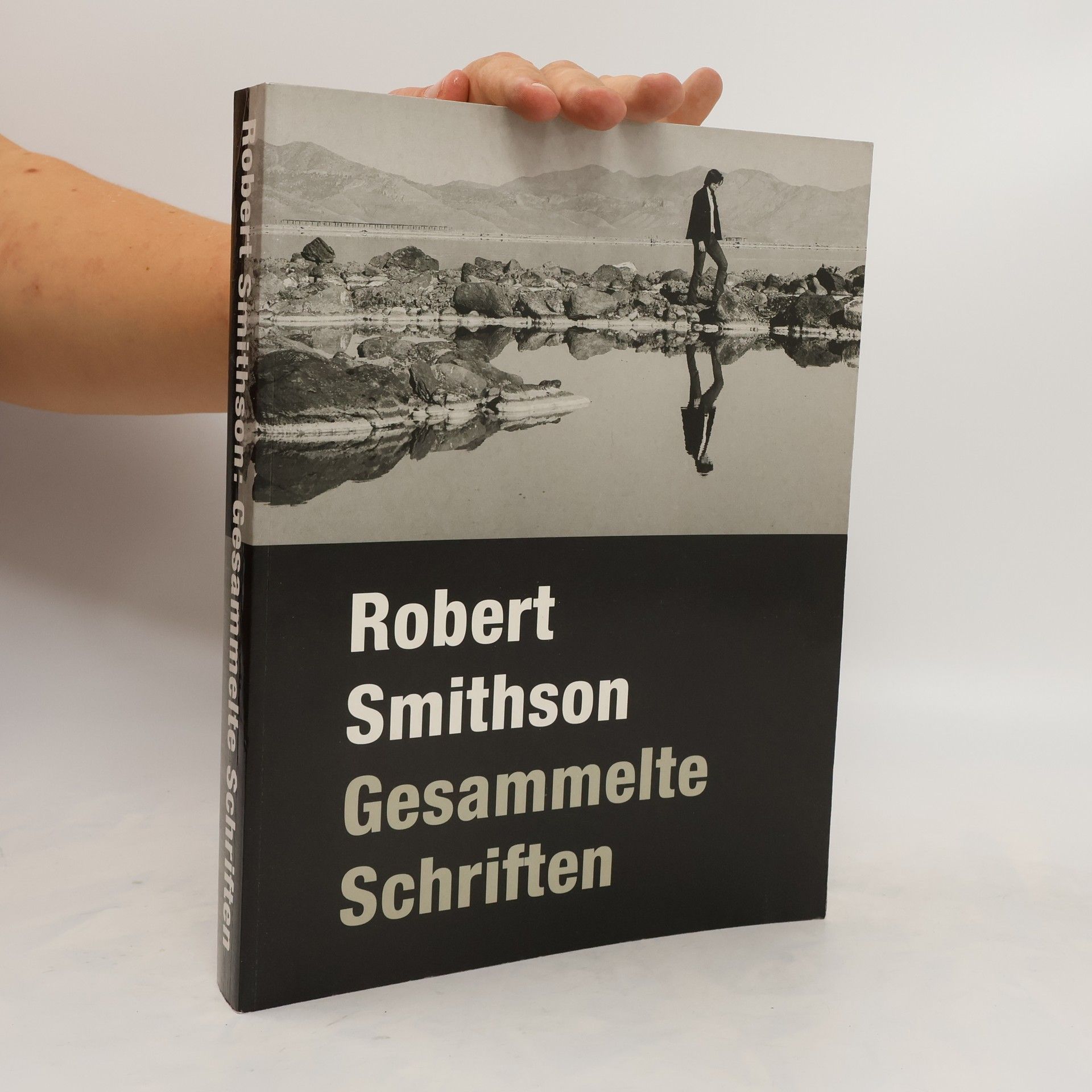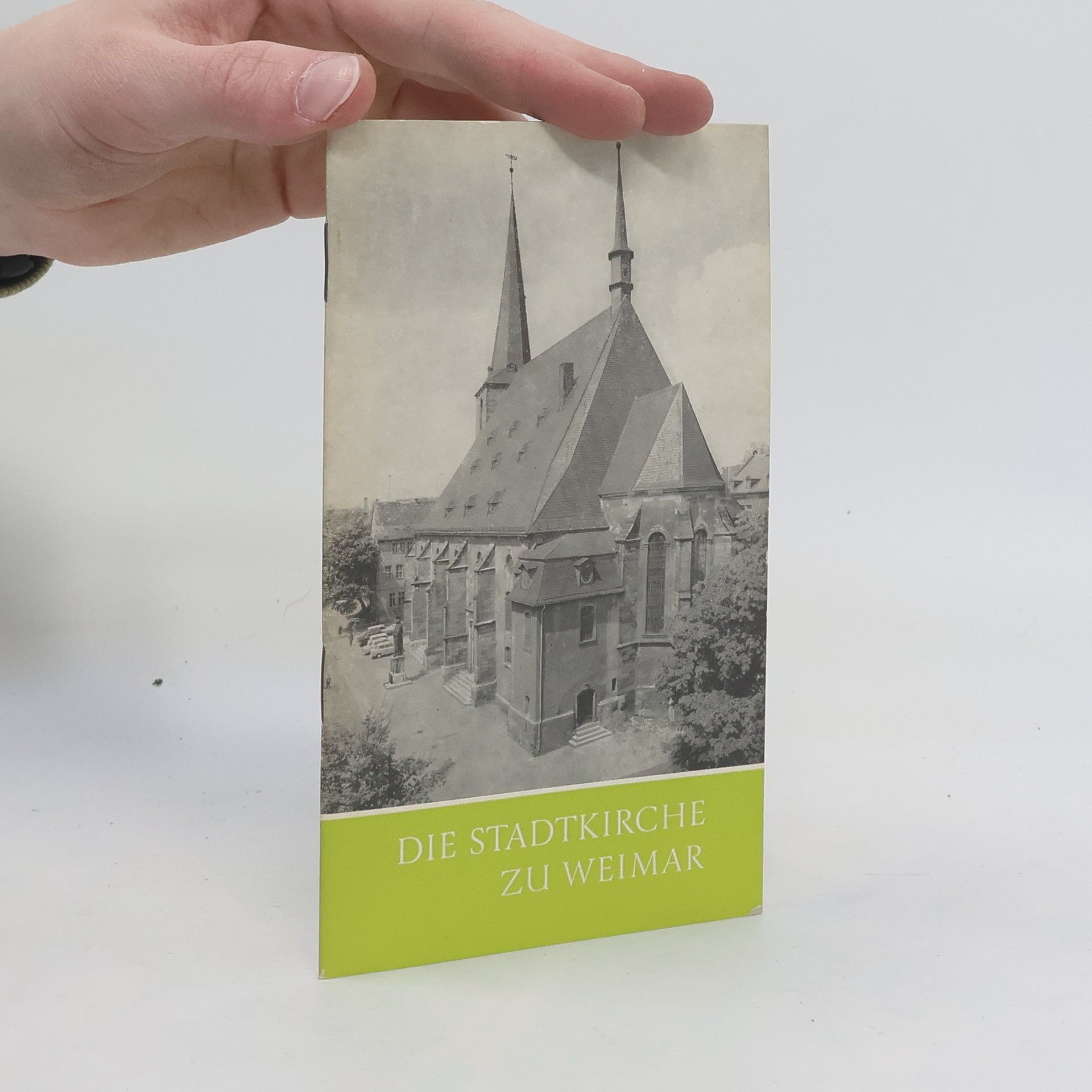Lucian Freud und das Tier
- 119 pages
- 5 hours of reading
Major drawings from his early work are devoted to illustrations or the study of horses#x92; bodies, and in his first painting of an animal, #x93;Portrait with Horses#x94;, painted in 1939, a person is depicted - supposedly Freud himself - together with four horses. The exhibition #x93;Lucian Freud and Animals#x94; in the Museum für Gegenwartskunst Siegen begins with these early pieces. Here, for the very first time ever, an exhibition is focusing on Lucian Freud#x92;s animal representations as a stand-alone exhibition theme. 00As Lucian Freud himself stated, he #x93;portrayed#x94; dogs and birds. Their body structure, their facial expression, the look in their eyes, and especially the quality of their fur and feathers are observed, drawn, and painted with vigorous attention to detail. Both animal species, particularly dogs, accompanied Freud throughout his life and were present in his studio on a daily basis. Freud also painted deceased animals, such as a lifeless chicken in the painting 'Chicken on a bamboo table', and later also dead bats. Another early piece with a surrealistic picture composition, 'Quince on a blue table#x94;, depicts the stuffed head of a zebra that the artist kept in his studio

